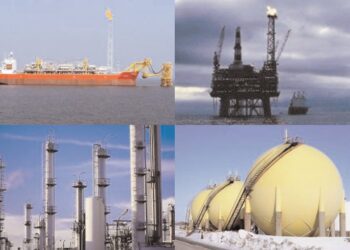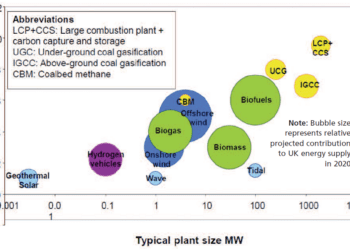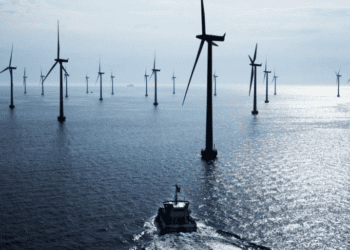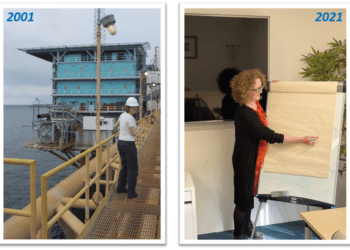Regulatory reform: empowering the safety case

Forty years ago in the UK, the Health and Safety at Work Act (HSAWA) was introduced to replace the patchwork quilt of prescriptive safety regulations with a regulatory regime that set broad, non-prescriptive goals. Espousing consultation and engagement, the new regime was designed to deliver a proportionate, targeted and risk-based approach, underpinned by a fundamental principle: ‘those that create risk are best placed to manage it’.
Legacy of accidents
Whilst the HSAWA does not require a ‘safety case’, its fundamental principles are the foundation for the modern safety case regime (see Box 1). At that time, the concept of a ‘safety case’ already existed in the UK nuclear industry, stemming from the Nuclear Installations Act (1965). However, it took the Flixborough and Seveso incidents in 1974 and 1976, and the resultant EU Directive and legislation on the Control of Major Accident Hazards (COMAH), before the ‘safety case’ regime was more universally adopted for major hazards in the UK and Europe.

Since then, although different terminology is used in different industries and locations, the ‘safety case’ regime has been progressively adopted in many countries across high hazard industries, albeit often provoked by high-profile accidents, such as Chernobyl (1986), Piper Alpha (1988), Exxon Valdez (1989), Texas City Refinery (2005) and Deepwater Horizon (2010).
Even in the US, where regulation is still predominantly prescriptive, there are examples. Most recently, in their review of the Chevron Refinery fire in Richmond, 2012, the US Chemical Safety Board (CSB) recommended that California adopt a ‘safety case’ regime for petroleum refineries.
In Europe, the emphasis is now on applying safety case principles to emerging technologies, such as offshore wind farms, while harmonising risk assessment methods across more established industries. For example, since July 2012, any significant changes to major European railway systems have to be assessed using the so-called Common Safety Method.
Moving target
The scope of ‘safety’ has also widened to encompass other factors. For instance, in the aftermath of the Deepwater Horizon oil spill, the EU sought a common standard for both offshore health and safety and environmental protection. The final EU Directive advocates a proportionate risk-based approach. Unsurprisingly, the North Sea offshore industry is simply incorporating environmental protection into their existing safety cases.
Returning to the UK’s nuclear industry and new build in particular, the Office for Nuclear Regulation (ONR) now expects a safety case that encompasses security in the same way as other threats to nuclear safety.
Conclusion
Modern safety cases are adaptable, proportionate and risk-based, with operators firmly responsible for safety. Although it takes many guises, this simple concept is now at the heart of many regulatory regimes across the globe, with the common aim of preventing major accidents.
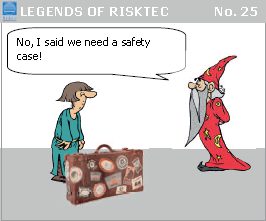
This article first appeared in RISKworld issue 25

